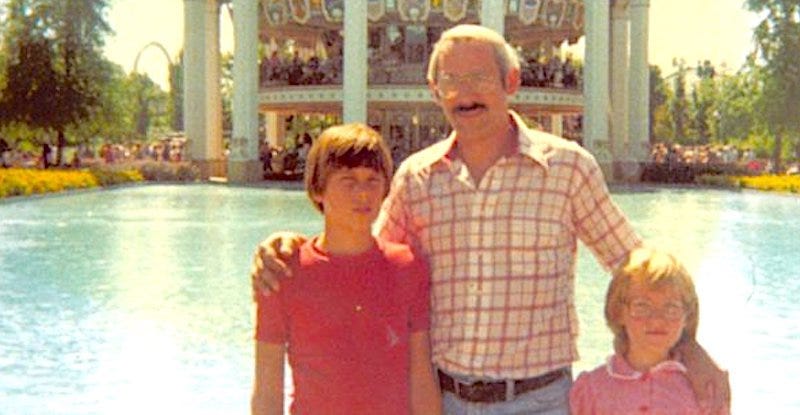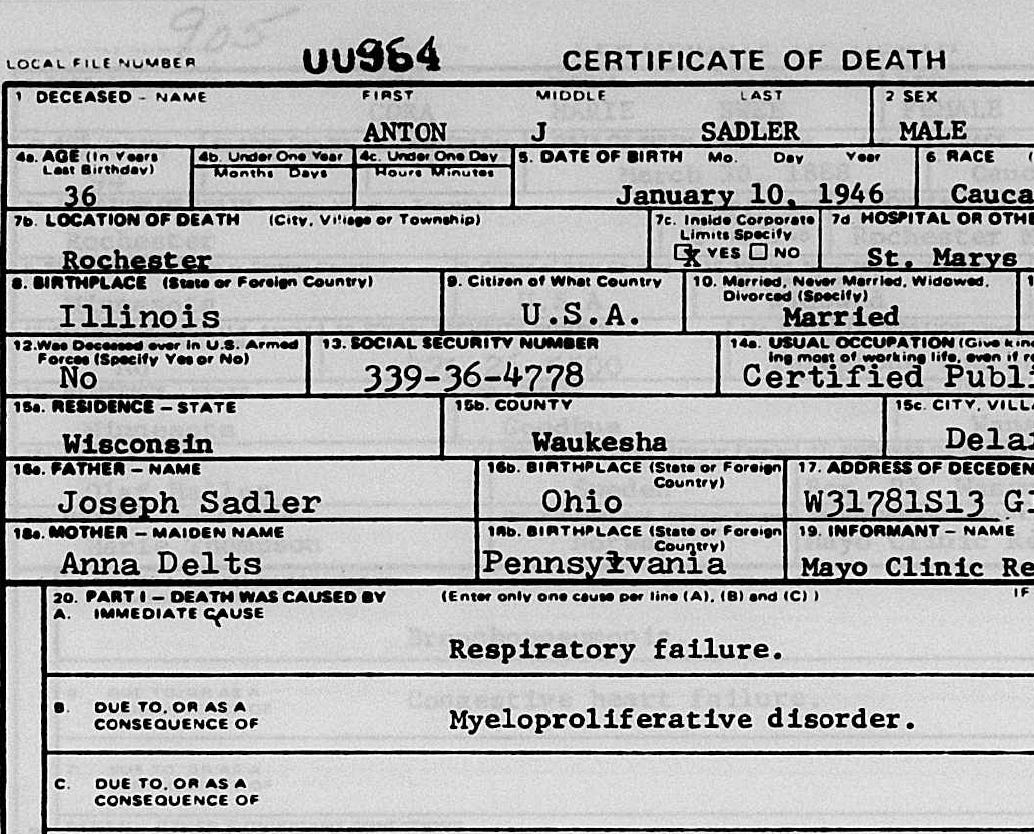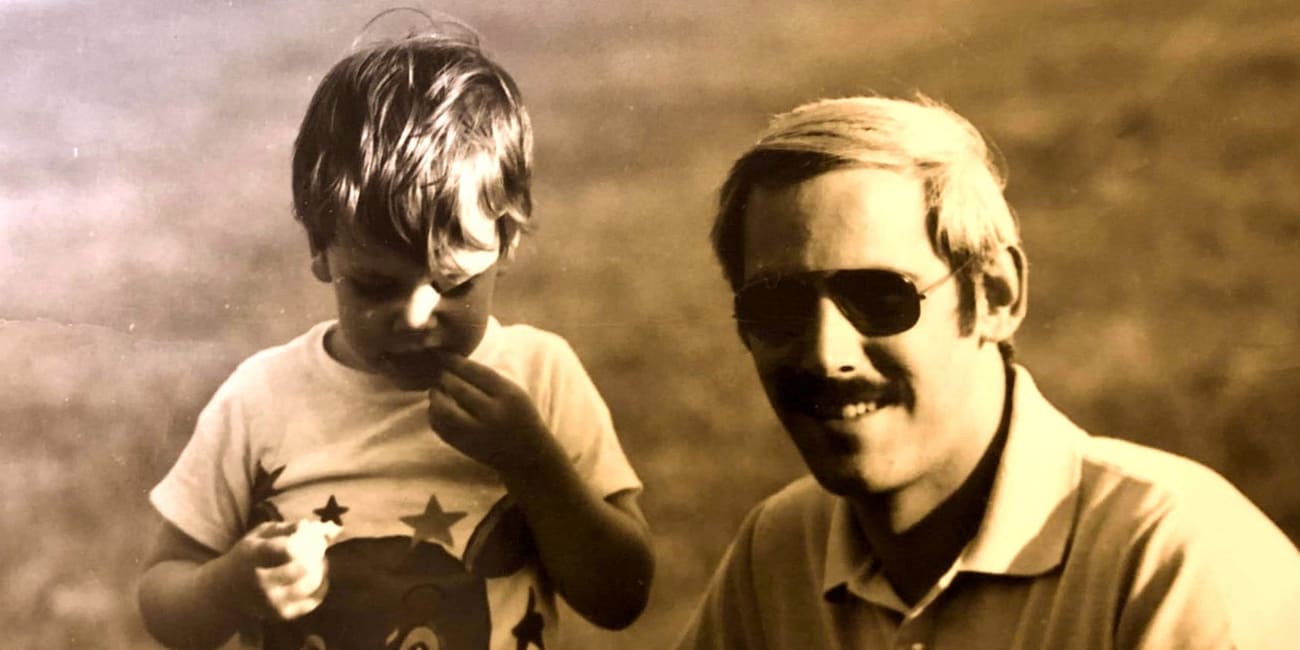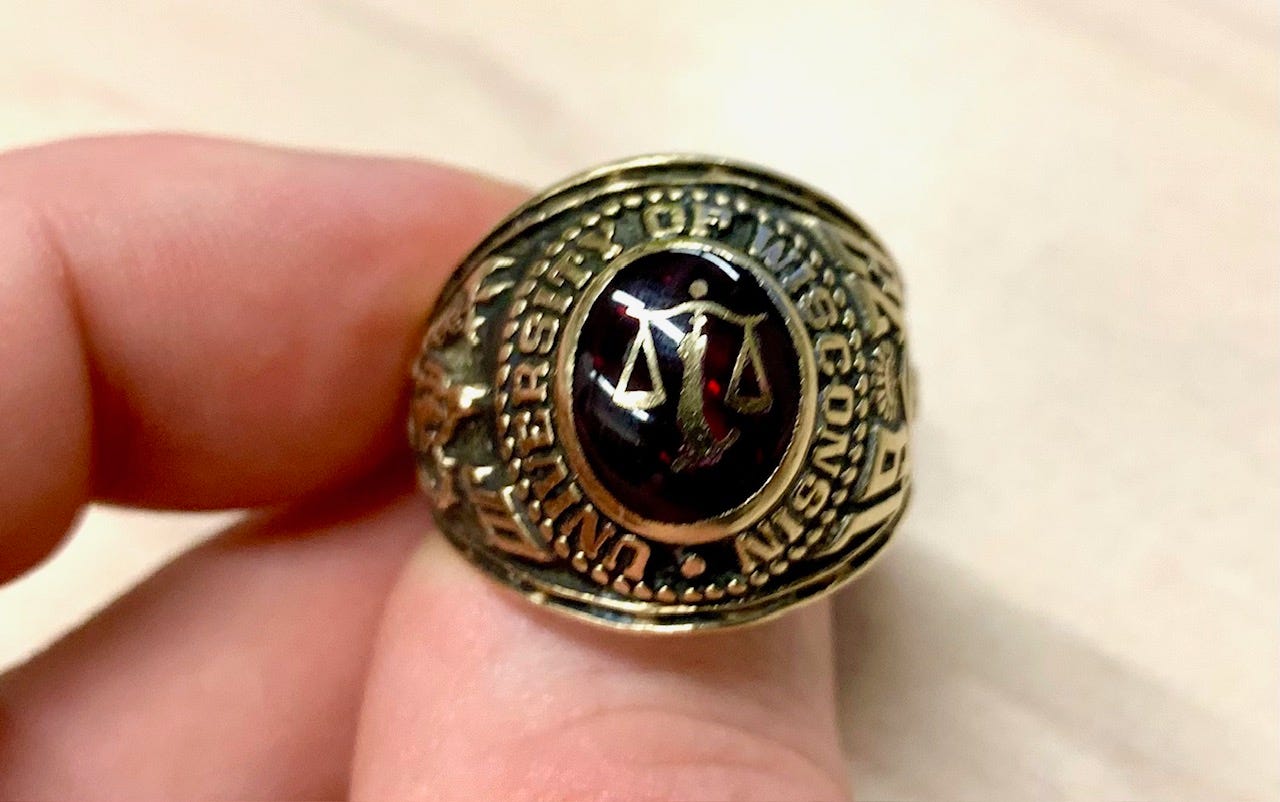In the last several months, we made two important discoveries, both of which have to do with my adoptive father, Anton Sadler, who was on the whole an excellent guy, but who unfortunately died quite young, just 36 years old. You may have seen some of the personal posts I’ve written about him in the past, for example this one:
Both of the discoveries turned out in the end to be happy ones, but one of them did throw me for a bit. I’ll start with that discovery first.
My wife clued me in to a pretty extensive genealogy site, which leads those who create entries in it to whatever documents can be found online on the relatives one is focusing upon. A natural starting point for me, of course, was my dad, and I wasn’t surprised to see his death certificate, filled out by the doctors at the Mayo Clinic, where he spent the last three months of his life, as they attempted to determine what was slowly killing him. Here’s part of that document.
What caught my attention immediately was the fact that his immediate and underlying cause of death were both identified. Respiratory failure made sense, given that the last time I saw him, perhaps a week before he died, he had been intubated and was on a respirator, communicating with gestures and a notepad.
My sister and I had been told by my mother that the official cause listed for my dad’s death was “fever of unknown origin”, and that they had never been able to determine in the end what killed him. So when I saw the entry for “Myeloproliferative disorder”, I was surprised. I wondered why my mother had told us so insistently the mistaken information, and had stuck to that story throughout my teens and 20s.
Unfortunately, I can’t ask her about this discrepancy because she died rather young as well, only 53 years old, 25 years ago. That’s one reason prompting me to write this piece some time back.
I got in touch with my sister and asked if she had ever heard our mother say that our dad had died of anything other than “fever of unknown origin”, and she said no. This really puzzled me. Had our mom somehow just forgotten what was on a document that she must have seen and produced dozens of times, as she handled the funeral and all the legal matters that arise with the death of a spouse? Did she deliberately lie to or mislead us young kids (I was 11 and my sister 9 at the time)? If so, for what reason? None of it really seemed to make sense.
Fortunately my aunt Bibianne, my mother’s younger sister, is still with us, and I texted her to ask if she had any idea why our mom would have told us something that wasn’t the case about something as important as our dad’s death. She suggested we talk on the phone, and during the conversation she told me that there was some basis for the “fever of unknown origin” diagnosis, given at that the hospital my dad was taken to originally in Waukesha, they admittedly didn’t have a clue what was killing him.
The best guess we came up with is that my mom was so overwhelmed by the end of my dad’s months-long illness, with her own grief and all of the matters that fell on her shoulders after his death — two young kids who would be going back to school in a few weeks, massive medical bills, my alcoholic grandfather who was living with us, figuring out how she would transition back into the workplace, just to name a few — that she got a bit confused between the two medical teams and what they knew, gave us the wrong account, and then just stuck with it.
It was surprising to me how much the possibility of our mother deliberately misinforming us bothered me many decades later. It felt like a blow to my chest and my guts that night that we read his death certificate, and my wife could sense my affect change radically. It wore on me until was able to talk to my aunt and get some perspective upon the matter.
Having his cause of death also answered quite a few questions for me. What killed him was a quite rare sort of blood cancer. In his case, his white blood cell count was far too high and his bone marrow gradually stopped producing red blood cells. His organs began failing, and the surgeries they had to perform on him left wounds that simply didn’t heal as they should. His parents had three other children, two of whom were stillborn, the other dying a month after death, so he may have been dealt a bad hand genetically, or he might have been exposed to something that caused it.
In the end, having an actual diagnosis, rather than effectively a blank, even more than 40 years later, brings me a sort of peace of mind.
The other thing we discovered was actually a rediscovery. My dad went to University of Wisconsin-Madison, both for his undergraduate degree and for his law degree. He earned a J.D., passed the bar, and was also a C.P.A, so he worked as a tax attorney much of his career. My mother had hoped I would follow in his footsteps, both to go to UW-Madison and to take up law (I didn’t do either of those).
When my mother died, I found this among her many effects, tucked away in a jewelry box, my dad’s old law school ring. I had never purchased a class ring in either high school or college, both because I wasn’t really the sort to such a bauble and because I viewed it as an unnecessary expense. Finding my dad’s ring, though, was different. I realized that it was something I would like to wear at that point , a way of reconnecting with my dad, who had been gone more than half of my life by that time.
I had it resized, and did in fact wear it regularly for the next 15 years. When we moved from Kingston, New York back here to Milwaukee, it got packed up somewhere, or so we thought and hoped. Our moving truck broke down midway through the trip, and we had to transfer everything to a new truck, with the help of some movers contracted by Penske. When the ring never showed up, even after unpacking many boxes over the years, we assumed that either it got lost somehow, or that one of the movers had pocketed it. I gave it up as gone a number of years back.
We moved again, this time just locally from one Milwaukee neighborhood to another, and by then I assumed I’d never see my dad’s ring again. A little while back, however, we unpacked a box, looking for something else, and my wife uncovered it. She called me into the bedroom, holding it up, and we marveled at finding it nearly ten years after it disappeared.
I’ve since been wearing it nearly daily. Sometimes I’ll leave it at home when I’m working shifts at Almost Home Cat Rescue, and once I start hitting the gym again, I won’t be wearing it there. It is a small source of happiness for me to have it back, and to be able to slip it onto my finger.
There’s no great philosophical import or implications to these two matter that I’ve written about here, but I thought they might prove of interest to at least some of my readers.
Gregory Sadler is the president of ReasonIO, a speaker, writer, and producer of popular YouTube videos on philosophy. He is co-host of the radio show Wisdom for Life, and producer of the Sadler’s Lectures podcast. You can request short personalized videos at his Cameo page. If you’d like to take online classes with him, check out the Study With Sadler Academy.






Your story of reconnecting to your father brings forward similar memories. Being able to reconnect through something as basic as a ring brings an inner peace. For me it was my Dad's accordion. I started to learn how to play it to help me remember and reconnect with my father.